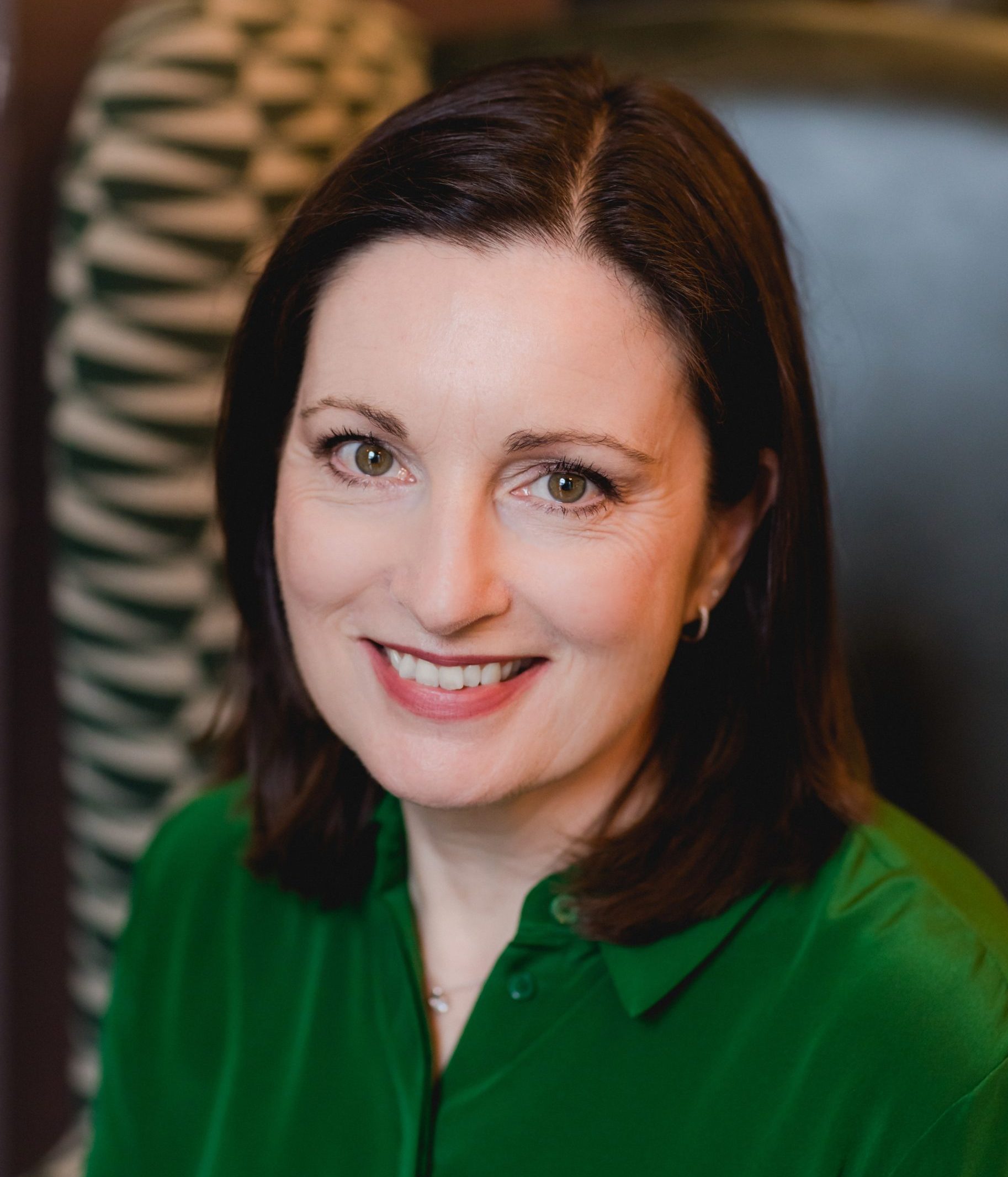Methods to cut carbon in wineries are being underutilised, study finds
Scientists are using the findings from a new study, which revealed the effectiveness of constructed wetlands and microalgae to cut carbon emissions in wineries, as a “call to action” to ensure “the preservation of our planet for future generations”.

Wineries should be utilising constructed wetlands and microalgae, known as Phycosol, to cut significant carbon emissions, a new study published in Nature has found.
The study, named ‘Eco-innovation minimises the carbon footprint of wine production’, claims that “most studies often overlooked the resources in farming practices, biogenic emissions, and wastewaters” in the overall reduction of winery carbon footprint.
As such, the researchers have set out to demonstrate that innovations, including constructed wetlands and the use of Phycosol, utilise an often overlooked resource loop to significantly reduce CO2 emissions.
“In a world that is striving to achieve net-zero emissions and address pressing sustainability concerns, whether it be through seaweed farming or wastewater innovations, the wine industry adaptations are particularly salient,” the researchers said.
According to data cited by the study, the main contributors to carbon footprint are viticulture (27%), winemaking (23%), and wine bottling (50%).
Partner Content
However, the study also claimed that traditional assessment approaches often underestimate the total greenhouse gas emissions associated with winemaking. The discrepancy often arises from overlooking elements including CO2 from fermentation, wastewater and soil carbon fluxes, the study claimed.
“A more holistic approach to assessing the environmental impact of wineries is necessary,” its authors argued. They proposed the use of constructed wetlands and Phycosol, which can transform wastewater into products like biofertilisers, to improve carbon emissions.
Starting small
“The global relevance of wine cannot be undermined,” the study asserted. Winemaking and bottling are accountable for 85% of the total carbon footprint of a wine bottle, according to data cited in the research, but carbon emissions from viticulture are still a significant contributor, and any reductions in emissions will go a long way in helping wineries reach their green goals.
“Small reductions across numerous wineries can aggregate into a significant decrease in overall industry emissions. When each winery makes even minor improvements, the cumulative effect on a global scale can be substantial,” the researchers said.
They concluded the study with an invitation to policymakers, industry stakeholders and the research community “to consider these findings as a call to action”.
The study concluded: “By embracing eco-innovation, we can collectively drive the wine industry – and indeed the broader agricultural sector – towards a future where sustainability is not just an aspiration but a realised practice, ensuring the preservation of our planet for future generations.”
Related news
‘It just makes sense’: Why in-market bottling is winning the sustainability battle




